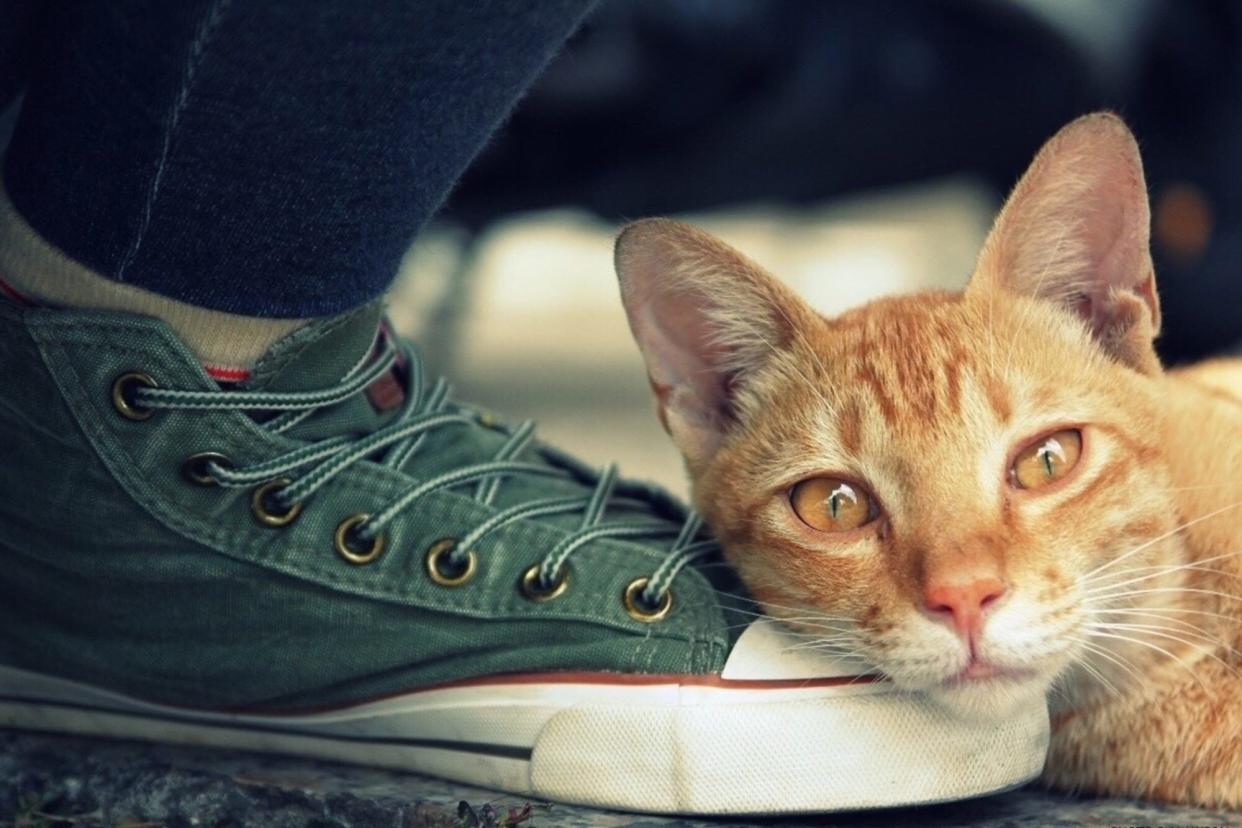FIP in Cats: Here's What You Need to Know About This Devastating Disease

Jinli Hou / EyeEm / Getty
TABLE OF CONTENTS
On This Page
What is FIP in Cats?
Signs of FIP
Causes of FIP
Diagnosis
Treatment
Prognosis
Prevention
Feline infectious peritonitis (FIP) is an uncommon disease in cats that's complex yet poorly understood. Unfortunately, nearly all cats who develop the disease will succumb to it, sometimes as quickly as within a few days of diagnosis.
In short, FIP spells bad news for cats. Let's dive in and go through what's known about this feline disease.
What is FIP in Cats?
FIP is a viral disease caused by a mutated form of the feline coronavirus. Feline coronavirus is very common in the cat population, infecting 80 to 90 percent of cats at some point in their lives. However, only about 5 to 10 percent of cats with a feline coronavirus infection will develop FIP.
FIP can affect cats at any age but is most common in cats under 2 years of age.
Young age isn't the only risk factor for FIP. Other risk factors include having a weak immune system, living in a multi-cat household or high-density facility (like a shelter or cattery), and experiencing a recent stressor, such as moving to a new home.
Don't confuse the feline coronavirus with the human coronavirus that causes COVID-19. Although they are both coronaviruses, they don't cause the same type of disease. Also, feline coronavirus does not infect humans.
RELATED: Everything You Need to Know About FIV in Cats
Signs of FIP in Cats
FIP may take weeks, months, or even years to develop after an initial feline coronavirus infection. Once FIP does develop, it can wreak havoc throughout the body, causing numerous signs and fatal illness.
The early signs of FIP are non-specific, meaning they aren't unique to FIP. Here are some non-specific signs that you might see:
Persistent fever
Lethargy
Rough, dull coat
FIP is categorized as either "wet" (effusive) or "dry" (non-effusive), with signs that are specific to each. Cats with FIP can have both forms of the disease simultaneously.
Signs of wet FIP develop and progress rapidly, while signs of dry FIP tend to develop gradually.
Signs of Wet FIP
Distended, fluid-filled belly
Fluid-filled chest
Difficulty breathing
Signs of Dry FIP
Causes of FIP in Cats
The feline coronavirus is usually spread when cats ingest feces, but mothers can also pass it to kittens in utero and through saliva and mutual grooming.
The virus infects the intestines, where it replicates. For many cats, immune cells called macrophages will attack and kill the virus, stopping an infection in its tracks. However, when the virus mutates, that mutated form can withstand the macrophage attack and use macrophages to spread throughout the body.
With wet FIP, the virus damages blood vessels and causes fluid leakage into the belly and chest cavity; this fluid is thick, clear-yellow, and has a very high protein content. With dry FIP, the virus causes inflammation around the blood vessels. This inflammation most commonly affects the brain and eyes but can also affect the liver.
It's not yet possible to predict whether a feline coronavirus infection will progress to FIP.
How to Diagnose FIP in Cats
Diagnosing FIP is challenging, given that FIP's symptoms resemble those of other diseases.
After conducting a thorough physical exam, a veterinarian will perform several diagnostics tests, such as bloodwork to measure white blood cell count and protein levels. Vets can also administer chest and belly X-rays and analyze chest and belly fluid (if present). However, none of these tests alone definitively indicate FIP.
The definitive way to diagnose FIP is to identify the feline coronavirus in a tissue sample taken via biopsy. If a cat is too sick for this surgical procedure, the tissue sample would be taken after the cat dies to make a postmortem diagnosis.
How to Treat FIP in Cats
To date, there is no U.S. Food and Drug Administration-approved treatment for FIP in cats. Supportive care, such as anti-inflammatory medications and fluid removal from the chest and belly, can relieve discomfort but won't improve survival. Because the disease is rapidly and highly fatal, euthanasia may be the best option.
A few experimental drugs are currently being tested: CL-Pro and remdesivir. These drugs are not yet available for clinical treatment. If your cat is diagnosed with FIP, have your veterinarian check into any clinical trials that may be recruiting patients. These drugs have shown excellent potential for treating this virus and "off label" use may be available.
FIP Prognosis
FIP prognosis is grave: over 90 percent of cats with FIP will die from the disease. Affected cats usually do not live more than a few weeks after diagnosis, so there is little possibility for long-term care. Fortunately, veterinary researchers are working hard to find a cure.
RELATED: Meet Smokey, One of the First Cats to Beat FIP
FIP Prevention
Because feline coronavirus is so prevalent in cats and FIP is not well understood, preventing FIP is not yet possible. There is an FIP vaccine, but the American Association of Feline Practitioners does not recommend it. Most cats will have already been exposed to feline coronavirus by the time they are old enough (16 weeks of age) to get vaccinated, making the vaccine less effective.
Examples of prevention strategies to limit exposure to feline coronavirus are listed below, but remember that they will not directly prevent FIP:
Keep the litter box far away from the food and water bowls.
Use separate litter boxes for each cat, plus one extra litter box.
Disinfect food and water bowls and living areas with diluted bleach (1 part bleach to 32 parts water).
Provide environmental enrichment (e.g., puzzle toys, cat perches) to reduce stress.
FIP is an uncommon, complex, and highly fatal disease in cats. If your cat starts showing signs of the disease, take your cat to your veterinarian as soon as you can.

